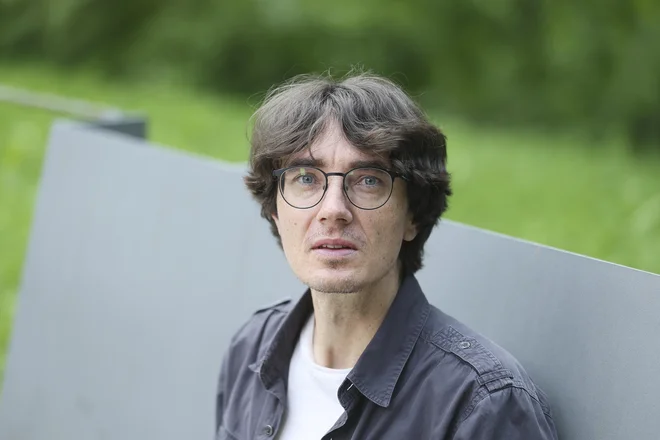Susan Sontag: icon, intellectual, provocateur

Preliminary fighter of emancipation (even if she didn’t want to be), a thinker of theoretical photography and sympathizer of the gay movement in the USA: Susan Sontag (1933 to 2004) was at home on many « stages ». Now the Bundeskunsthalle of the American writer, activist and director is dedicated to an exhibition.
The house on the museum mile in Bonn continues its series of famous women, who already offered Hannah Arendt (2021), Simone de Beauvoir (2022) and Josephine Baker (2023). In various chapters, the show discusses based on books, magazines, personal notes as well as public and private photographs on Sunday attitudes to life, gender, sick, photography and cinema.
Right at the beginning there is a list of her diary on the wall in large letters: « 1. Take a better posture. 2. Write mother three times a week. and finally 5. Bring David to read « . It is the » Rules and Duties for Eneg 24 « , the resolutions of the disciplined 24-year-old high-flyer, who completed a first study after only two years, married with 17, became 19 mother and taught English with 20 at the University of Connecticut.
Peter Hujar, Susan Sontag © The Peter Hujar Archive / VG Bild-Kunst, Bonn 2025.
The most interesting point is No. 4: to write at least two hours a day. A challenge, because at that time she already had a little son, whose father was her former professor and about whom there was a bitter custody dispute in 1958, which in the end she won. Her still husband Philip Rieff had All registers pulled and made their bisexuality public.
Intellectual lady
Susan Sontag was very gifted, hungry for education and obsessed with culture. The ten -year -old’s reading list recorded: Homer, Dante, Dickens. At 16 – already as a student – Kant, Descartes, Goethe, Kafka, Brecht and Thomas Mann, whom they later even get to know personally in his California domicile.
In 1963 her first own novel « The Benoes » was published. A portrait of Harry Hess adorns the bookpings, which makes the young author appear like a film star. Her publisher Roger Straus made sure that her portraits were also printed in magazines such as Vogue and Mademoiselle and deliberately put his author into the spotlight.
Exhibition view « Susan Sontag. See and seen ». Photo: Simon Vogel, 2025 © Art and Exhibition Hall of the Federal Republic of Germany GmbH
In the period that followed, she was photographed by prominent photographers and used the impact of the medium for her own purposes. The portraits of Richard Avedon, Peter Hujar and Robert Mapplethorpe as well as the personal recordings of her partner Annie Leibovitz justified on Sunday as « Dark Lady of the Intellectuals ». With her masculine outfits (turtleneck, leather jacket and cowboy boots) and her dark, unbound hair, which was crossed at the age of a single white strand, on Sunday invented her « Signature Look ».
Every photography is a memento mori. It shows us mortality, vulnerability and changeability of things.
Susan Sontag
In 1958 she traveled to Paris for the first time. There she learned to appreciate the Paris photographs of Eugène Atget, but felt a nostalgic perspective in them that constructed a past that might have never existed. The photographs of Edward Weston, Walker Evans and Diane Arbus also impressed them because they reproduced the blunt America.
Christian Schulz, Susan Sontag (contact sheet), 1990 © ownership of the photographer.
The latter took several photos of Susan Sontag in 1965, including a picture in an intimate hug with her son David, which was published in the Vogue in 1966. Diane Arbus committed suicide six years later. An exhibition of her works in the New York Museum of Modern Art inspired the author to first deal with medium photography in her essay « Freak Snow » – at a time when the medium was slowly establishing itself as an independent art form. In 1977 her much -cited book « About Photography », a kind of « grammar of seeing », which is still a standard work of the intellectual examination of this medium. In 1999, together with Annie Leibovitz, she realized the illustrated book « Women », which – in the style of August Sander – celebrates the variety of women from different age groups, cultures and professions.
The suffering of others
In her book « Regarding the Pain of Others » (« Looking at the suffering of others ») at the beginning of the 2003, she pursues, among other things, the question of the tapping of the suffering shown. As an example in the exhibition, the famous picture of Nick út, on which a naked, screaming girl flees from a Napalm attack. The photo, taken on June 8, 1972, is one of the most symbolic recordings from the Vietnam War, and is always terrible to look at. Published countless times, it contributed to the turn in the Vietnam War.
A chapter of the exhibition deals with the « case of Riefenstahl ». In the 1960s, Susan Sontag described the documentary films « Triumph des Willens » (1935) and « Olympia » (1938) of the German director as « masterpieces », which are essentially propagandistically, but are very remarkable in formal terms. Ten years later, she revised this opinion on the occasion of the appearance of an illustrated book about the African people of Nuba, in which pain, submission and obedience were primarily glorified.
Why Kafkas Kakerlake runs so well over Tiktok
In 1978 there was a book « Disease as a metaphor » in 1978, in which she deals with the stigmatization of sick people. The occasion was her own illness, which changed her life forever from the mid -1970s when breast cancer was diagnosed with her. In the 1980s, when many of her friends died of HIV, she expanded this examination on AIDS. When she again fell ill with cancer in 1999, Leibovitz documented the course of the disease and captured as her partner regained her sovereignty.
Susan Sontag during the event « Three Americans in Berlin », Academy of the Arts, Berlin, September 1976 © Renate von Mangoldt.
The exhibition ends with passion for the cinema with Sunday. As an enthusiastic cineast, she often went to the cinema several times a day, preferably in independent films, silent film classics or experimental films. « The film is currently the most lively, exciting and most important of all the artificial genres, » she wrote in the 1960s. At the end of the decade, she was able to realize two feature films in Sweden, in which she experimented with the representation of deafness and blindness as well as with tones and sounds. In a kind of replica cinema, she comments on films by Jean-Luc Godard or Ingmar Bergman. For Sunday, the cinema was a place of desire: « You can be overwhelmed by the pictures, flirt with the neighbor and fall in love with the actors on the screen ».
Susan Sontag-see and are seen until September 28, 25, Bundeskunsthalle, Helmut-Kohl-Allee 3, 53113 Bonn. A 132-page publication published by König Verlag with contributions from various authors is available at the museum treasury at a price of 18 euros. www.bundeskunsthalle.de








